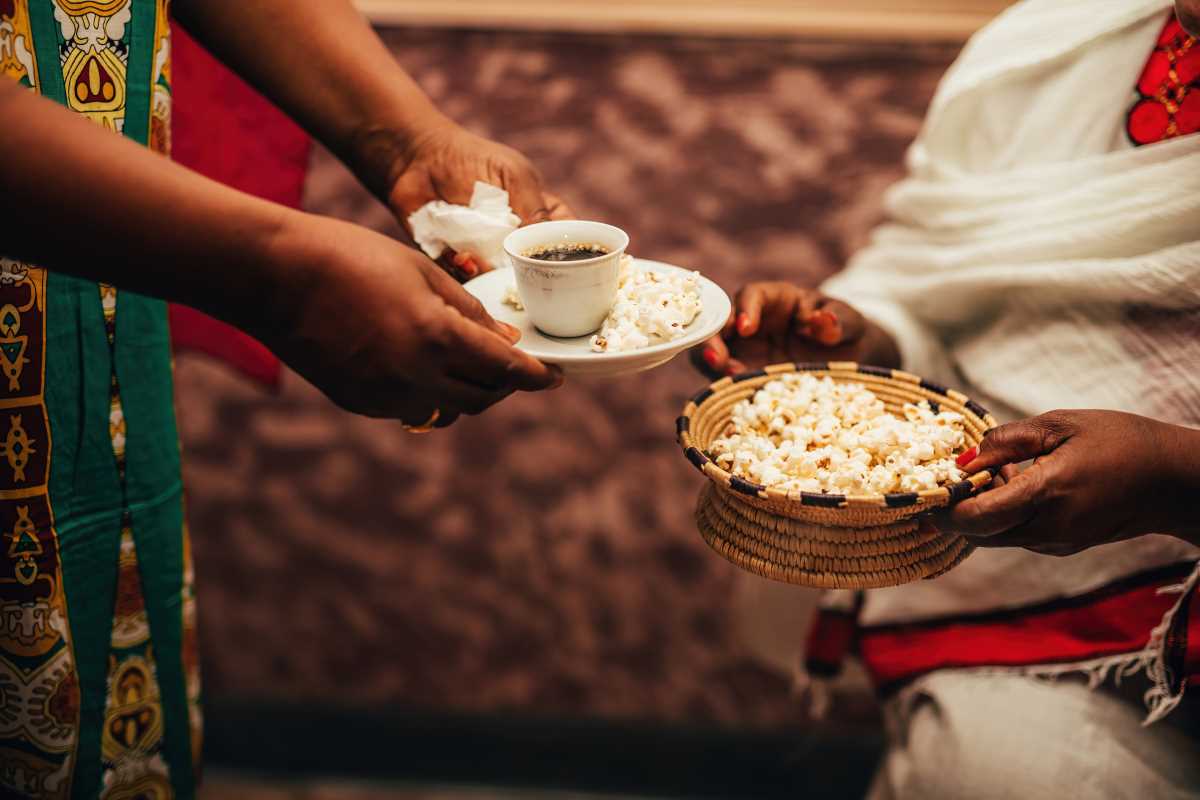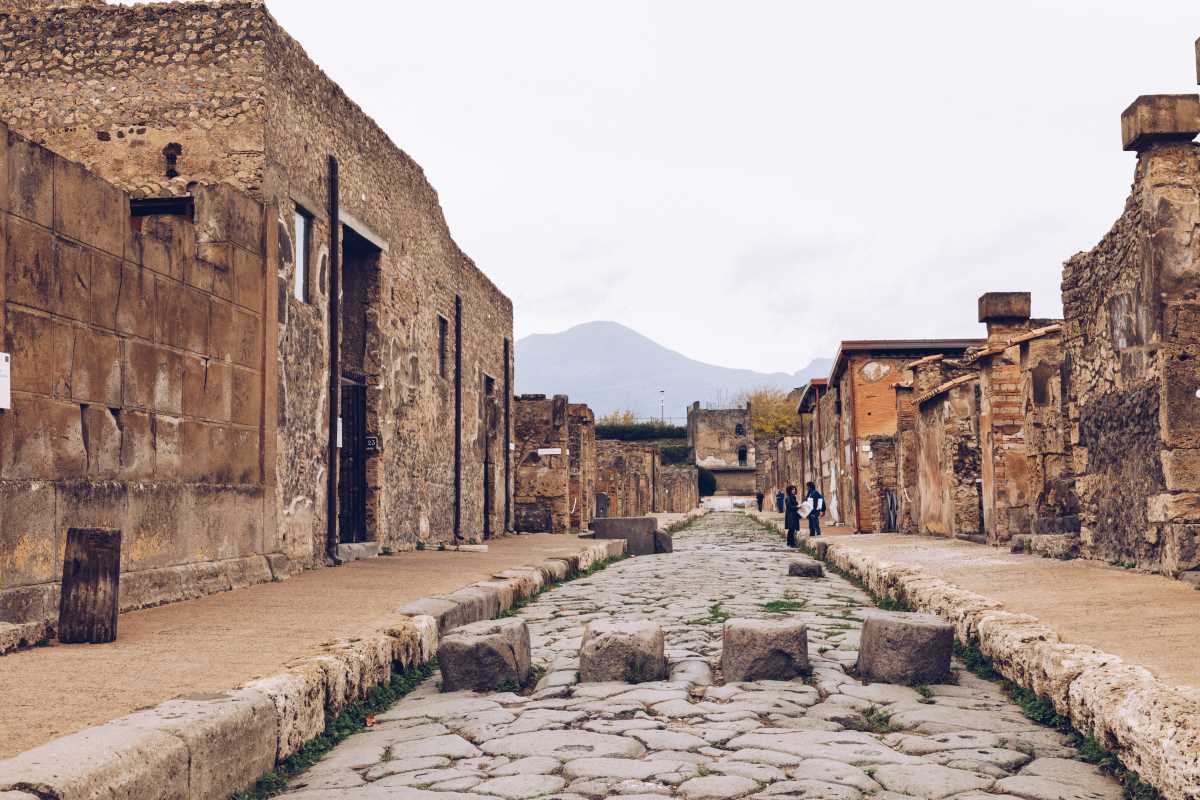Sharing meals has long brought people together and shaped the way communities connect. Across mountain villages, locals gather for clay-oven feasts that celebrate their history, while coastal towns keep age-old traditions alive with bountiful seaside spreads. Every gathering around the table offers more than just food—it tells a story passed down through generations. Traveling with an appetite for local flavors opens the door to these unique experiences, letting you discover the essence of a place through its culinary traditions. By venturing beyond standard menus, you can find yourself immersed in the heart of food culture wherever you go.
Discovering Table Traditions
- Shared utensils and communal platters shape social bonds: In some hill hamlets, villagers pass a single wooden board dipped in herb-infused oil. This practice encourages conversation as dishes bustle between hands, and you’ll notice laughter rising with each shared bite.
- Rituals to welcome guests define mealtime: In coastal towns, families greet visitors with salt and bread before any other dish arrives. Salt cuts bitterness, while bread represents home. Joining this first course helps you step into local warmth from the moment you sit.
- Using fresh foraged ingredients grounds meals in place: When chefs gather wild greens on morning hikes, the greens carry the aroma of dew-kissed hillsides. Watching for edible flowers or mushrooms along local trails tunes your senses to the region you explore.
- Mealtime chants and songs set the tone: Some farmers’ markets conclude with a traditional hymn before sharing produce. Observing or joining these refrains makes you part of an age-old cycle celebrating harvest and community spirit.
Stories That Season the Plate
Each iconic platter you encounter holds layered stories. A charcoal-grilled fish dish on the archipelago evokes centuries of seafarers using smoke to preserve their catch for long voyages. This simple technique remains alive in back-alley kitchens, where locals still prefer wood-fired grills.
Ceremonial rice cakes served during lunar festivals tell another tale. Artisans press sticky rice into bamboo molds, stamping each cake with symbols that honor fertility and abundance. When you taste their firm, slightly sweet bite, you connect with a harvest rhythm passed through generations.
Hands-On Guidance for Culinary Exploration
1. Local Herb Foraging Workshops
- Purpose: Learn to identify and harvest indigenous greens used in regional stews.
- Steps:
- Join a guided sunrise walk with an herbalist.
- Observe identification clues such as leaf shape and color.
- Practice safe picking and proper storage techniques.
- Cost/Availability: Around $30 per person; small-group sessions in rural villages.
- Insider Tip: Go just after dawn when herbs are most aromatic before the sun wilts their leaves.
2. At-Table Fermentation Lessons
- Purpose: Master crafting tangy, sour condiments from scratch.
- Steps:
- Prepare a salt brine using local sea salt ratios.
- Layer sliced vegetables into a ceramic crock.
- Monitor flavor development over three days with daily tastings.
- Cost/Availability: Under $20 for supplies; requires only kitchen counter space.
- Insider Tip: Use weighted glass lids instead of ceramic blocks to avoid cracking and maintain steady pressure.
3. Clay-Oven Baking Experiences
- Purpose: Experience old-world bread and pastry traditions.
- Steps:
- Mix local grain flour with water and yeast.
- Knead dough on a millet-dusted wooden board.
- Slide loaves into a dome-shaped clay oven heated with hardwood coals.
- Cost/Availability: Typically $25 per session, often hosted by family bakeries.
- Insider Tip: Keep oven vents slightly open to achieve a crisp crust without scorching.
4. Spice-Blending Circles
- Purpose: Create a custom spice mix mirroring regional flavor profiles.
- Steps:
- Smell and taste six base spices chosen by a local spice merchant.
- Experiment with ratios using small ceramic spoons.
- Record your final blend in a pocket notebook.
- Cost/Availability: Often free in spice bazaars with a small purchase; available year-round.
- Insider Tip: Ask for spices that have been sun-dried on rooftops for maximum fragrance.
5. Seafood Market Cooking Demos
- Purpose: Learn to prepare the freshest daily catch.
- Steps:
- Explore the morning haul at a dockside market.
- Select fish with guidance from the dockmaster.
- Fillet, season, and grill in a nearby kitchenette under expert supervision.
- Cost/Availability: Around $40 including ingredients; limited to small groups.
- Insider Tip: Pair your grilled whitefish with locally brewed tea for a flavor combination unique to the region.
Mapping Regional Flavors
Mapping where you find hidden culinary gems turns any journey into a flavor expedition.
Cross-referencing street-food stalls that neighbors frequent ensures authentic bites. In port towns, watch local fishermen lean toward a bright-green sauce stand. Their steady line signals more than hungry tourists—it reveals where tradition still guides taste buds.
Learning the stories behind each dish makes meals more memorable. By following practical advice and insider tips, you can appreciate every flavor with greater confidence.
 (Image via
(Image via





